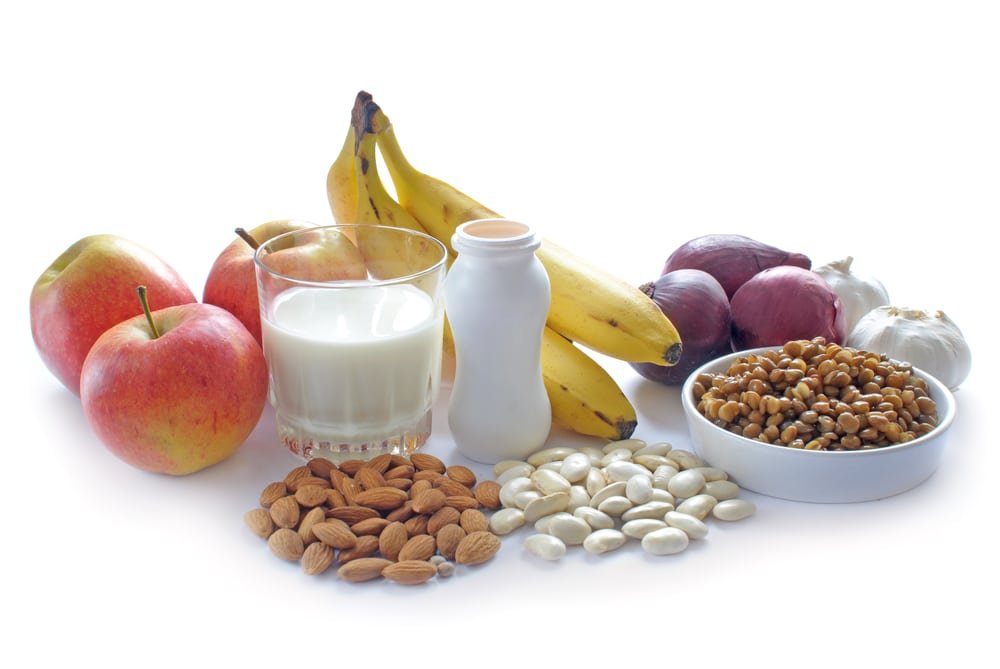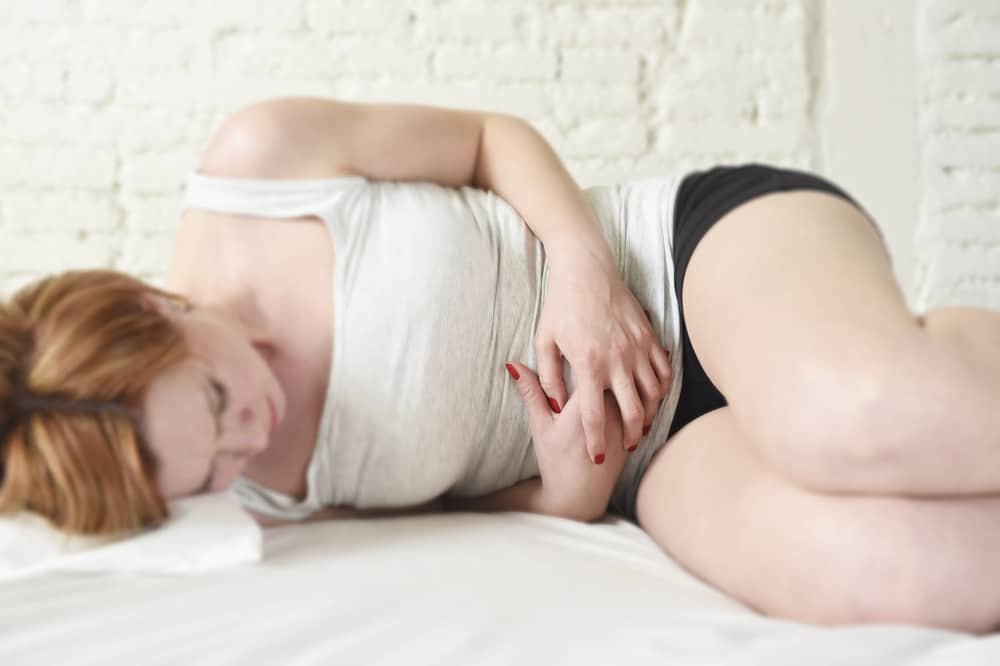Would you be surprised to learn that approximately 75% of adults suffer from hemorrhoids? Yes, hemorrhoids are extremely common, with the majority of adults likely to develop one in their life, even though a large portion of them remain asymptomatic, causing persons to have no idea that they exist.
What are Hemorrhoids?
Hemorrhoids, also known as piles by many, can best be considered varicose veins that occur around the rectal area, either inside (internally) the rectal canal, or directly outside. Simply put, hemorrhoids are the result of swollen veins in the rectal area.
Of the two localities, external hemorrhoids are likely to cause more trouble and discomfort than internal ones, and are more likely to require some form of treatment.
Symptoms Of Hemorrhoids
Many adults actually have hemorrhoids but do not notice simply because no symptoms manifest. In fact, the majority of persons that find out they even have them, do so because of symptom flare ups that require a visit to the physician.
Common symptoms indicative of a hemorrhoid include:
1. Itching And Irritation
One of the first symptoms that may alert you that you have a hemorrhoid is itching and irritation that suddenly appears in the rectal region for no obvious reason. The first thing you need to do is to rule out a parasitic infection, or the presence of a fast spreading rash. Rashes that spread fast usually indicate a fungal infection, which are usually treatable with topical antimycotic preparations.
Hemorrhoids become itchy and inflamed since the formed lump can actually ooze mucus, causing the skin area surrounding to develop a localized rash.
2. Pain
Often times, pain associated with a hemorrhoid comes about secondarily to itching at the site, since blood clots usually form after this development. When blood clots form, blood flow is occluded through the rest of the blood vessel, and the immense pressure buildup compresses nerves in the rectal area, triggering pain.
If pain becomes severe enough a medical professional usually lances it through to remove the blockage, and relieve the ensuing pressure buildup. Clots May recur and pain can be experienced all over again, so this is not a permanent one-time fix.
3. Hard Lumps
External hemorrhoids are much more likely to leave a hard lump where they develop, as skin stretches and covers the original hemorrhoid. Thus, it may not look like an inflamed blood vessel at all, but more like an abscess.
These lumps will be painful, since clots usually form below the surface as well, compressing nerves around this area. Secondary infections are common with external hemorrhoids, as the pain resulting from these lumps may prevent sufficient cleaning and contribute to the harboring of bacteria.
4. Rectal Fullness
Rectal fullness is the sensation of constantly needing to empty your bowels even though there is nothing there, and usually results from internal hemorrhoids. These types tend to block a significant degree of the rectal passage, and causes you to feel “blocked up” much of the time.
If you are constantly experiencing such a sensation but are not constipated, be sure to investigate for hemorrhoids or rule out other causes.
5. Bleeding
Bleeding is also a very common complaint that people who have hemorrhoids experience, but may not necessarily occur associated with pain.
The first thing that needs to be done if you observe bleeding is to rule out other causes, such as inflammatory bowel disease, rectal cancer or ulceration along the digestive tract.
Bleeding owing to the presence of hemorrhoids usually occurs owing to straining or irritation that occurs as fecal matter is passed, which may damage the surface of the protruding vein, resulting in bleeding. Occasionally, internal hemorrhoids may protrude out of the rectum and bleed, a scenario which is known as a prolapsed hemorrhoid.
6. Fecal Leakage
Does not occur as often, but is more common with internal hemorrhoids that have prolapsed through the rectum. This causes the sphincter muscle to close incompletely, leading to the inability to properly retain fecal matter.
Treatment Of Hemorrhoids

Treatment of hemorrhoids can take on a few different approaches, depending on if you specifically need to manage pain, prevent straining or if you are looking for a complete resolution of all associated symptoms.
The most common approaches to treatment look like this:
1. Stool Softeners
Stool softeners work to prevent constipation, since this is believed to be a strong contributing factor to the development of hemorrhoids in the first place. Stool softeners are not laxatives, but help stool to retain water so that passing does not cause straining or take much effort, helping to reduce the likelihood of bleeding and pain.
2. Fiber Supplements
Acting in a way that is similar to a stool softener, fiber supplements help to add bulk to stool making it less compact and easier to pass. Incidentally, low fiber consumption is seen as one of the major contributing factors to the development of hemorrhoids in the first place. If you suspect you’re not getting enough fiber in your diet, it is a great idea start consuming external fiber supplements to prevent the eventuality of a serious hemorrhoid developing.
3. Treatment Of Inflammation
Inflammation can lead to pain and compression of nerves which can make the entire rectal area very sensitive and uncomfortable to sit. A good way to reduce inflammation at home is to soak the area in tolerably warm water, for a period of about 15 minutes.
Alternatively, over-the-counter preparations that include local anesthetics and other ingredients such as corticosteroids can help to reduce inflammation significantly and are important in the management of hemorrhoids (particularly prolapsed internal hemorrhoids and external ones).
4. Maintain Hygiene
Since secondary infections are very common following the development of a hemorrhoid, maintaining good hygiene in this area can help to save you from further complications. If toilet paper aggravates you or prevents appropriate cleaning, a soft washcloth with warm water can also help clean the area.
5. Shrinkage Of The Protruding Vein
Another common treatment modality includes the use of vasoconstrictors – substances that help to shrink blood vessels. Good examples of these include witch hazel, and preparation H ointment or suppositories. Reducing the swelling in conjunction with topical corticosteroids can be very helpful in controlling painful flare ups.
6. Medical Procedures
These may include surgery, whereby the doctor may occlude the affected blood vessel to stop blood flow to it, injection of chemicals which cause scarring of the hemorrhoid and a decrease in size, in addition to laser therapy or complete surgical removal.
Of all the treatment modalities, surgical removal is best as there is a very low risk of recurrence. It, however, takes the longest time for recovery and carries a modest risk of complications developing.
Conclusion
While hemorrhoids are for the most part preventable by living a healthy lifestyle, genetic factors do increase your risk independent of lifestyle choices.
Treatment approaches are generally individualized, as some persons may only have mild hemorrhoids and require just topical treatment. If multiple hemorrhoids appear that are painful and not responsive to over-the-counter therapy, surgery may be the best way to address it once and for all.

